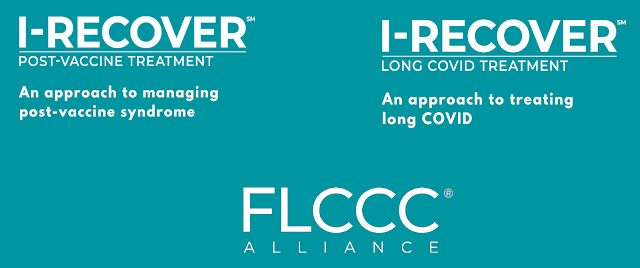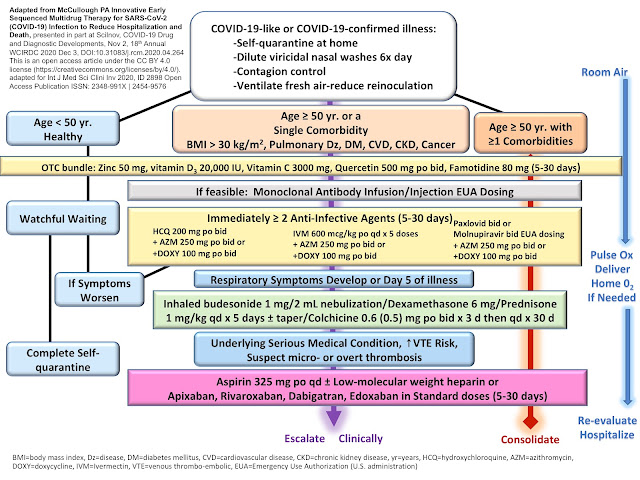How to Treat Omicron Symptoms at Home (August 2023)
As of the week ending August 19, 2023, EG.5 represent an estimated 20.6% of the SARS-CoV-2 variants currently circulating in the United States, according to the CDC. That same week, a strain called FL 1.5.1 (or Fornax), which is reported to be surging rapidly in the U.S. and accounted for 13.3% of cases, was second, followed by a mix of other XBB strains and descendants of Omicron. The XBB.1.16 subvariant strain (Arcturus) represent an estimated 10.7% across the country.
EG.5, or, informally, Eris (nicknamed after the Greek goddess of strife and discord). A descendant of Omicron, Eris is already the dominant coronavirus subvariant in the country, infecting more people than any other single strain.
So far, EG.5 isn’t setting off any alarms as far as disease severity, although early reports show it may be more transmissible—it has surpassed XBB.1.16 (or Arcturus), another highly contagious Omicron subvariant that was in the news just a few months ago.
“I am not aware of data that suggests EG.5 leads to worse cases of COVID-19 compared to prior variants,” says Scott Roberts, MD, a Yale Medicine infectious diseases specialist. But early reports have shown EG.5 has been spreading faster than any other currently circulating strain.
Does EG.5 cause symptoms that are different from other coronavirus subvariants?
Not so far. Like other Omicron strains, EG.5 tends to infect the upper respiratory tract, causing a runny nose, sore throat, and other cold-like symptoms, as opposed to lower respiratory tract symptoms, Dr. Roberts explains. But people 65 or older or who have a weak immune system are at higher risk of the virus traveling to the lower respiratory tract, causing severe illness.Will the new booster shot expected this fall protect against EG.5?
The new booster won’t be an exact match for EG.5—Pfizer, Moderna, and Novavax are all developing versions aimed at Omicron offshoot XBB 1.5, a close relative. In August 2023, Moderna announced that early clinical trials show that its booster shot will effectively target both the EG.5 and FL 1.5.1 subvariants.“The two strains, EG.5 and XBB.1.5, are not identical, but they're pretty close,” Dr. Roberts says. “My strong suspicion is that, given the genetic similarities, there will still be a good degree of protection from the booster. We've seen throughout the pandemic that if there is a similar genetic code among Omicron subvariants—as opposed to a bigger shift like there was from the more severe Delta to Omicron—there is going to be much better cross-protection.”
That idea will likely be part of the groundwork for seasonal COVID-19 booster shots in the future. “The new booster this fall won’t be the last,” Dr. Roberts says. “COVID-19 will probably be similar to the flu, where the strain mutates slightly every year, and we develop a vaccine before we know exactly which variants will be circulating several months out. It’s always an educated guess based on what's around at the time.”
Antiviral medications, such as Paxlovid, should also work against EG.5, and at-home rapid tests should be able to detect it, Dr. Roberts adds.
Over-the-Counter Help
Anticipation of three viruses—SARS-CoV-2, influenza, and respiratory syncytial virus (RSV)—hitting at once in the fall and winter seasons has contributed to fears of a “tripledemic” for the last three years..png)
However, based on a few limited studies (above), ibuprofen and acetaminophen might make COVID worse.
NSAIDs are only intended to be taken for short periods. People who take other medications should consult with a doctor
before taking NSAIDs. Antihistamines or cold medications such as DayQuil can
be used to relieve congestion and cough.
All over-the-counter medications should be taken as needed and not beyond recommended dosage instructions (some cold medicines already include acetaminophen). The dose and frequency really depend on the patient’s underlying health conditions and should be discussed with the person’s doctor.
All over-the-counter medications should be taken as needed and not beyond recommended dosage instructions (some cold medicines already include acetaminophen). The dose and frequency really depend on the patient’s underlying health conditions and should be discussed with the person’s doctor.
Getting enough rest is critical, as is drinking enough fluids, which prevent
dehydration and reduce cough.
Having a pulse oximeter at home would also be useful to calculate the amount
of oxygen in a person’s blood without having to draw a blood sample. If
oxygen levels fall below 95 per cent, that would be a sign to visit the
hospital.
Thermometers, tissues and hand sanitizer are other supplies often
recommended to keep at home while experiencing a COVID-19 infection.
Protective efforts, such as avoiding people who are sick and wearing masks when among people in confined spaces, can help.
At-Home Treatments
Always consult your trusted medical professional before you take any
medication or supplement. You can find a listing of doctors who can
prescribe necessary home isolation medications on Find a Provider.
There are many COVID-19 treatment protocols out there on the internet. We
have reviewed many protocols and believe the
FLCCC I-CARE
protocol is one of the easiest and effective protocols to follow.
Emergency warning signs
Individuals are reminded to seek immediate medical attention (go to a
hospital’s emergency department) if they develop emergency warning signs of
COVID-19 such as:
- Difficulty breathing
- Persistent pain or pressure in the chest
- Bluish lips or face
- New confusion or inability to arouse
Key Takeaway
As soon as you have symptoms, consult your healthcare provider and start treatment as early as possible. If treatment is delayed
i.e. after 5 days of symptoms, your chances of severe COVID are higher.
Related:
Z-Stack Supplement
In an effort to make it easier for patients, Dr Zelenko has developed an oral supplement that contains all four key natural ingredients: vitamin C, quercetin, vitamin D3 and zinc. It’s referred to as 'Z-Stack Supplement.Z-Stack Vitamin cocktail provides key ingredients needed in order to help your body fight off this deadly invader. The Z-Stack Vitamins are Kosher certified, GMP certified and made in the USA.The cost of the Z-STACK vitamin cocktail is $55 per bottle for a one month supply.
Where to buy Z-Stack: Z-stack is available on Dr Zelenko's website. Here is the link: Z Stack Supplement
Note: To get 5% OFF, please use this coupon code: drfrancis






.png)

Comments
Post a Comment